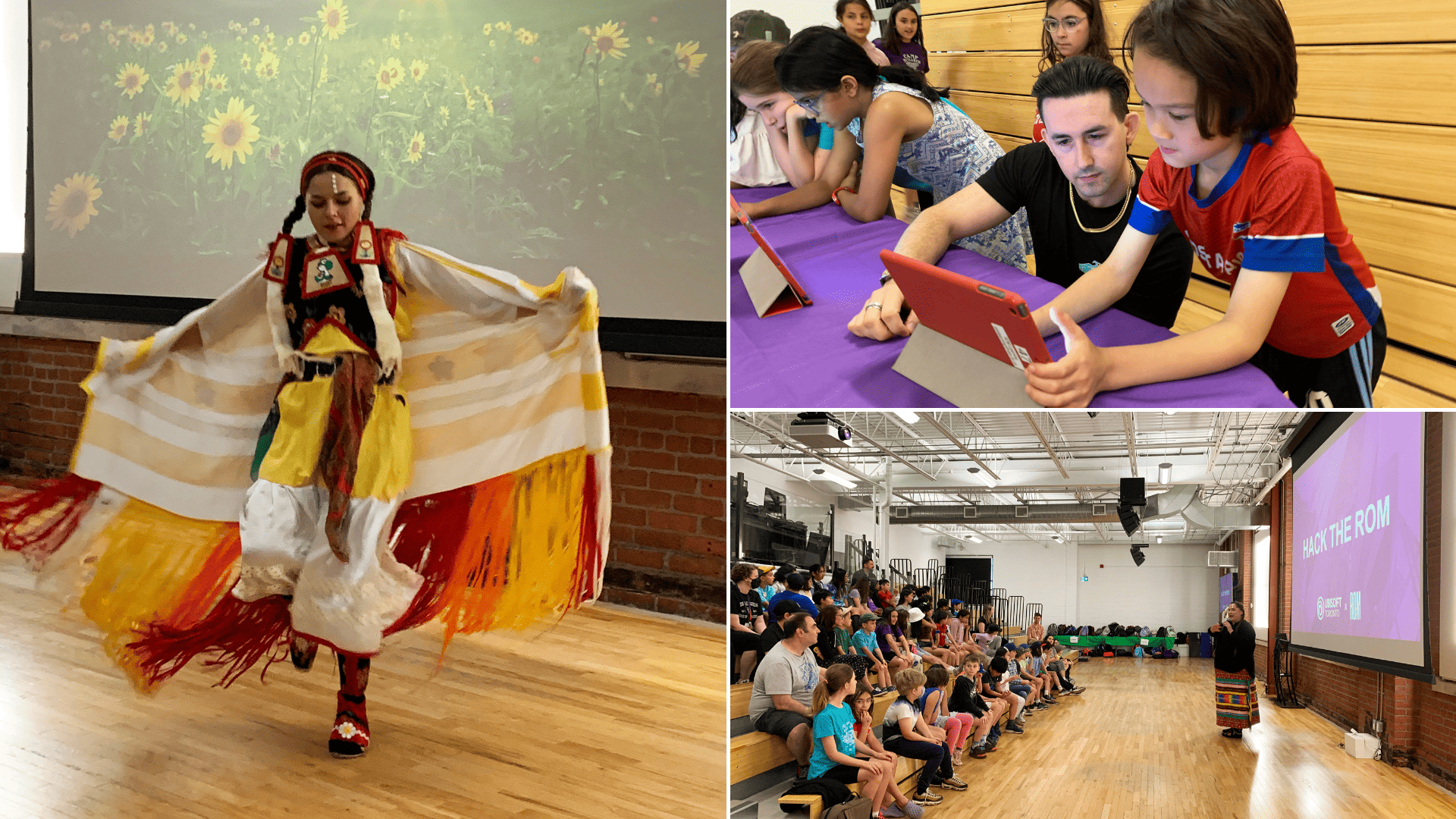This week, Ubisoft Toronto hosted over 50 students at an exciting and eventful Hack the ROM showcase!
The innovative program, in partnership with ROM, connects students in Ontario with Indigenous knowledge. Together with the assistance of Ubisoft Toronto mentors and Indigenous Museum Educators (IME), students build digital literacy through developing digital media projects such as games inspired by the Indigenous Ancestors at the ROM!
Last year, the program engaged nearly 200 students from eight schools across the province!
Closing the achievement gap between Indigenous and non-Indigenous students is essential to Canada’s reconciliation efforts. Programs such as Hack the ROM empower students to reach their full potential, improves their digital literacy skillset, while fostering learning of Indigenous culture and history.
This year, our studio had the pleasure of hosting the students, UbiTO mentors and IMEs at an in-person showcase — the first in three years — and we certainly returned with a bang!
Educating and inspiring the next generation of gamedevs
In celebration of National Indigenous History Month, the showcase kicked off with a traditional Women’s Fancy Shawl dance by Leslie McCue, Manager of Indigenous Learning & Programs at ROM, and her cousin, Jessup McCue.
Later, students also witnessed a Hoop Dance performance by Nimkii Osawamick and even got the chance to try out some simple dance moves led by Leslie herself.
In addition to learning about Indigenous cultures and practices through such demonstrations and visits to the Daphne Cockwell Gallery dedicated to First People art & culture, Hack the ROM also provides students a glimpse into the broad world of game development — through art, storytelling, level design, and/or programming — and aims to inspire a new generation of game developers.
On hand to share her personal experience was Meagan Byrne, winner of the 2022 Ubisoft Indie Series and founder of Achimostawinan Games, an Indigenous-led studio that creates games which empower Indigenous artists and communities.
Meagan shared her journey as an Indigenous video game developer with the students and answered questions from the curious crowd. She even gave the students a sneak peek at her studio’s recently launched first game, Hill Agency: PURITY & Decay.
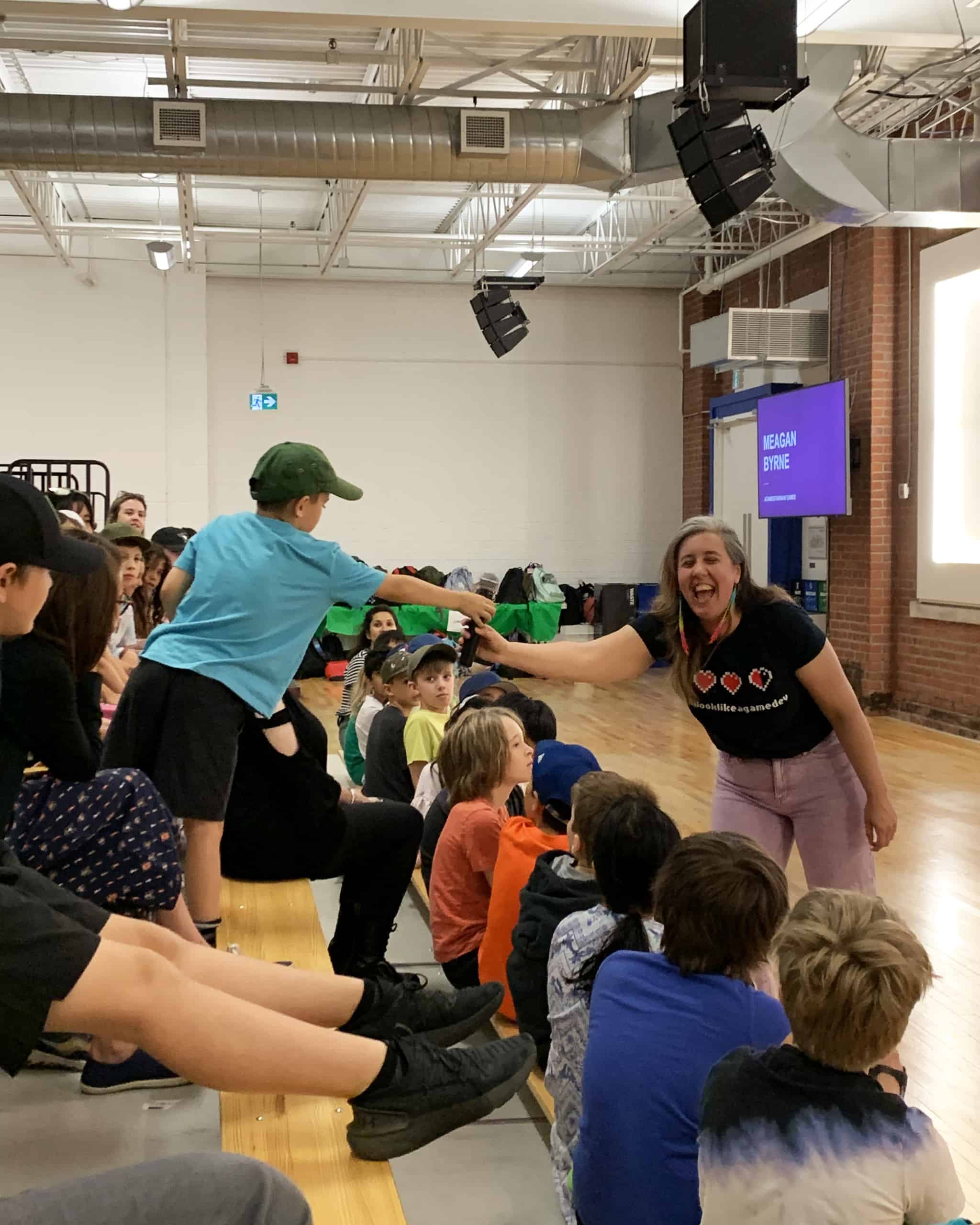
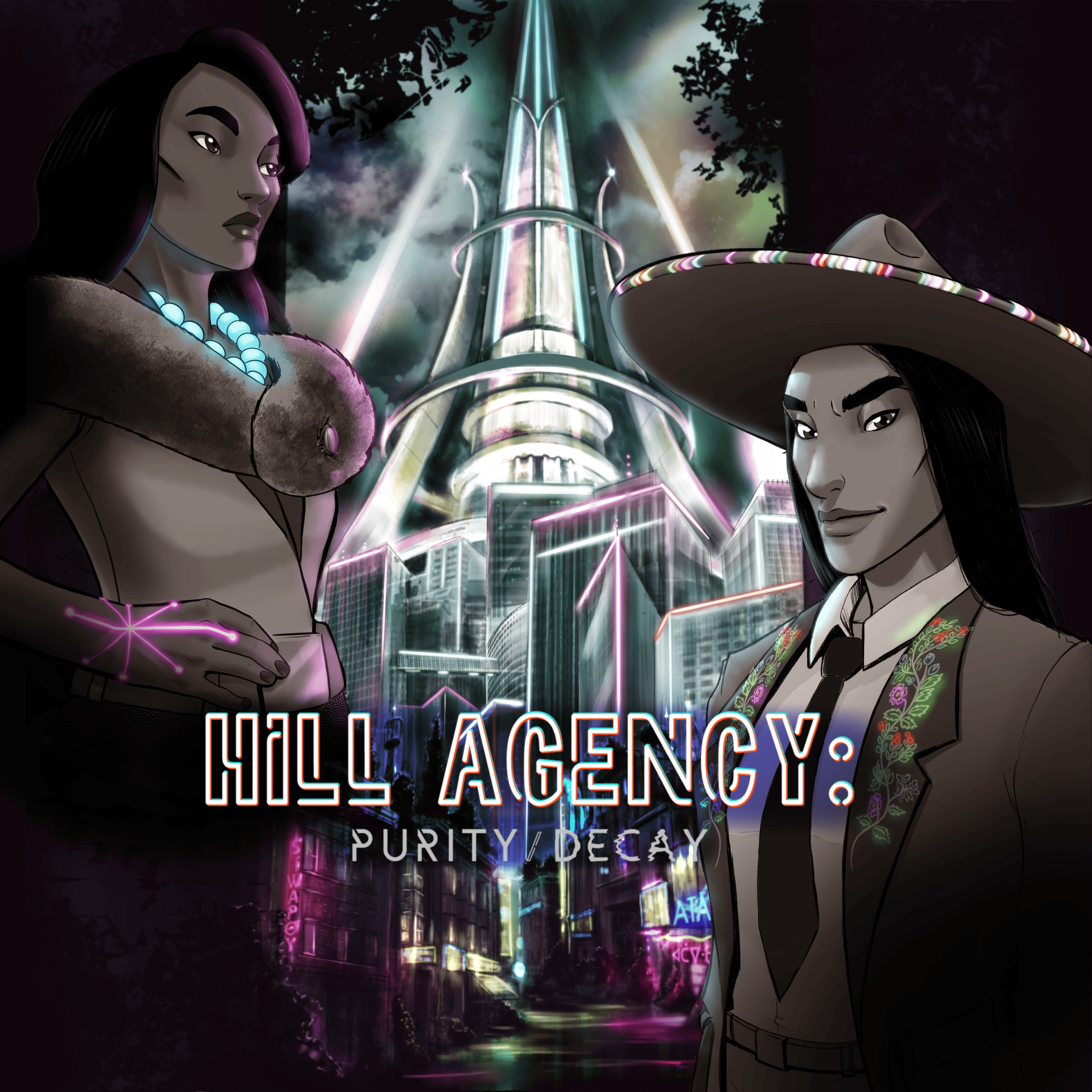
Let’s take a look at the students’ games:
Beaver Bounce
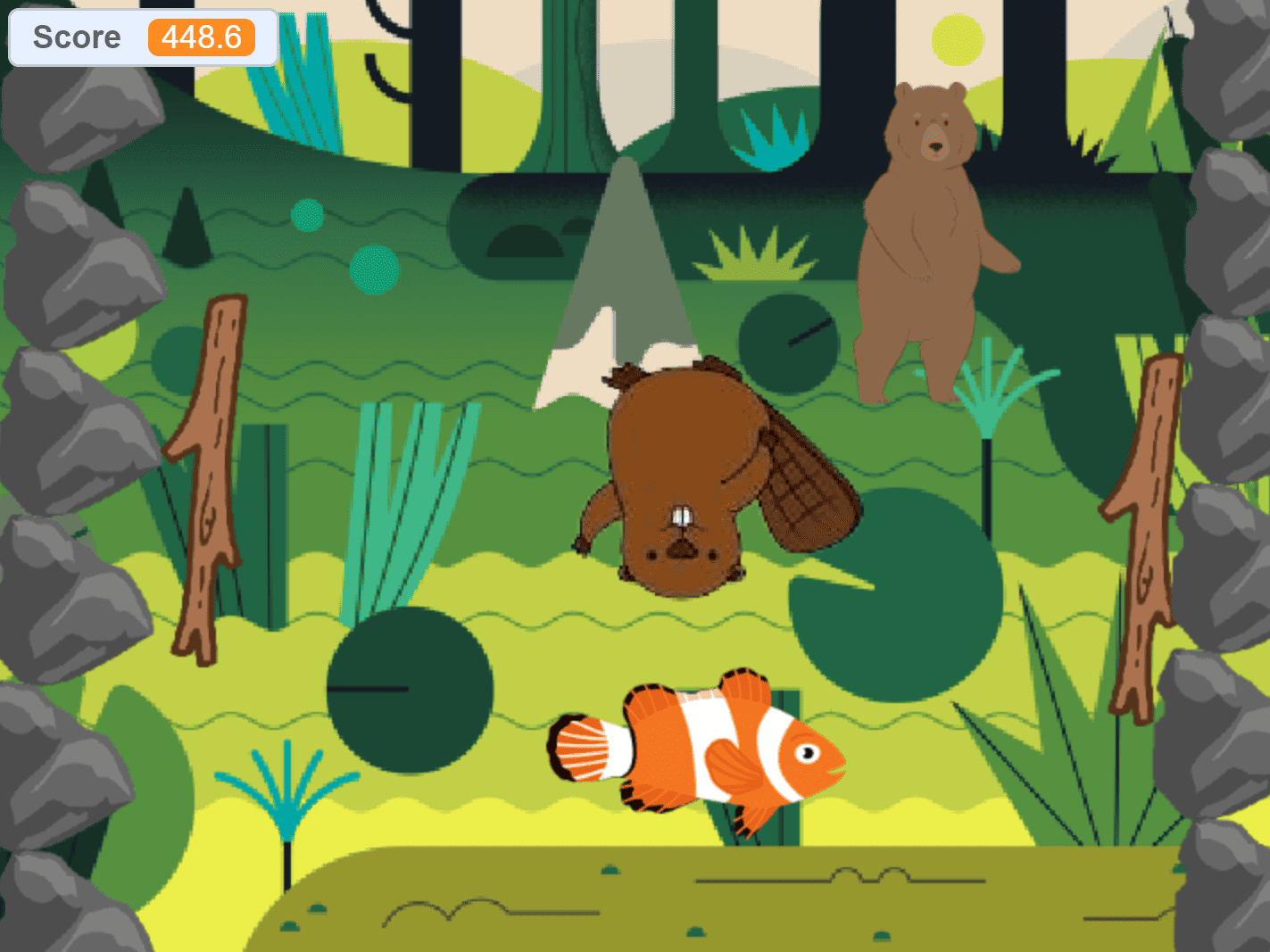
Dedicated to “nature’s engineers,” this game pays tribute to the beaver, an animal with strong symbolism for the Anishinaabe people — they represented “wisdom” and were an essential part of the fur trade.
A play on the classic game Pong, players move the sticks on either side of the screen to prevent the bouncing beaver from touching the stone wall behind them. On screen, the beaver is joined by two other animals. If the beaver touches a fish, it’ll drop a fun fact on beavers on screen. If the beaver touches the bear, the player loses points. The game is over if the beaver touches the stone wall or loses too many points.
Fast Flaps
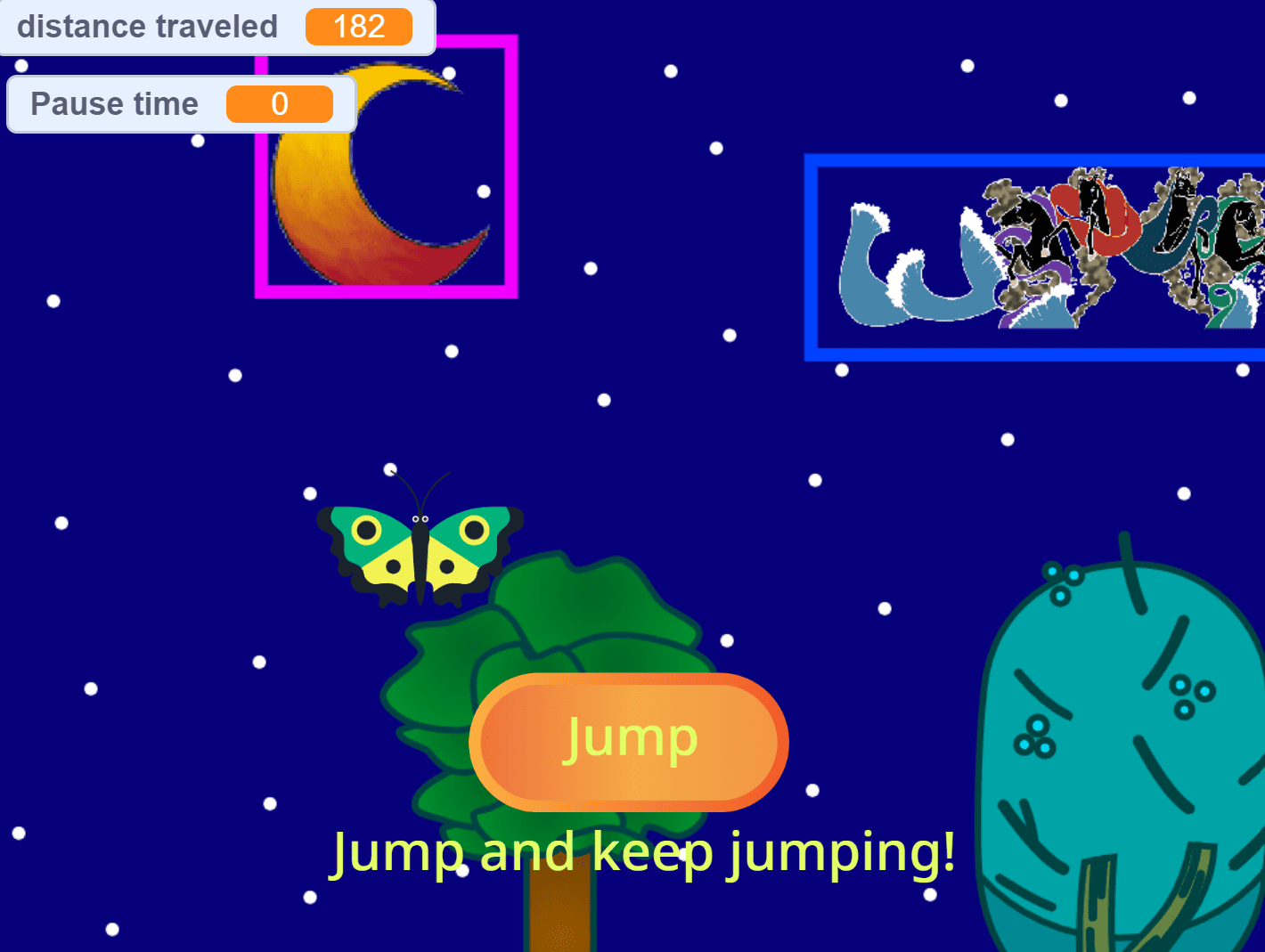
The aim of the game is to collect pieces of a mural. Players control a floating butterfly that flits up and down. Press the “Jump” button for it to ascend, and stop pressing the button for it to descend. As you fly through the level, dodge obstacles and collect parts of the mural (outlined in boxes) by touching them. Whenever you collect a piece of the mural, a fact associated with it will appear.
Frogs, Facts, and Flies
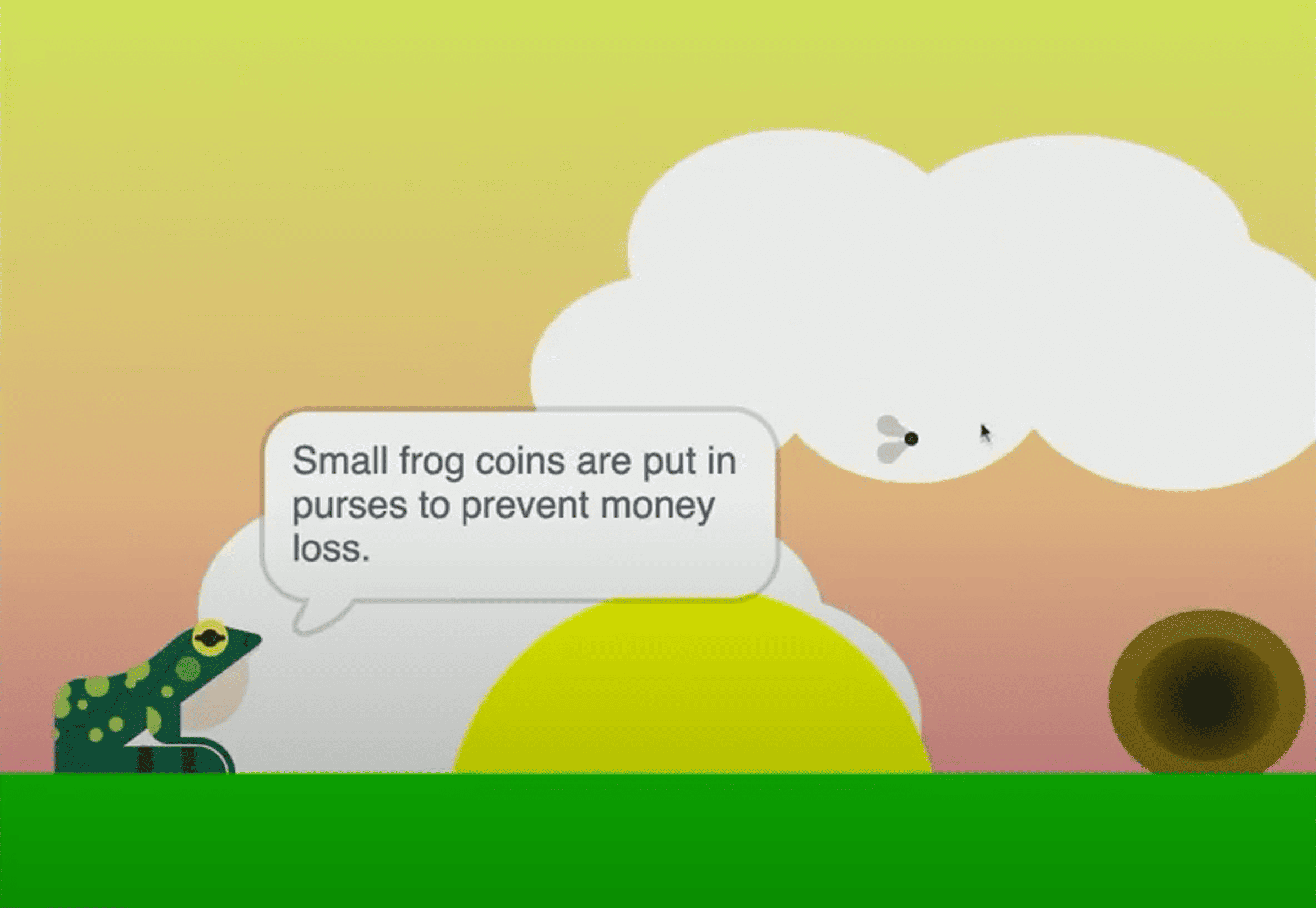
Inspired by a 1976 painting by Anishinaabe artist Eleanor Kanasawe, players play as a green frog in this side-scrolling game. Avoid obstacles by pressing the spacebar to jump. Use your mouse to click on and catch flies for a fun fact!
The Journey of a Fox
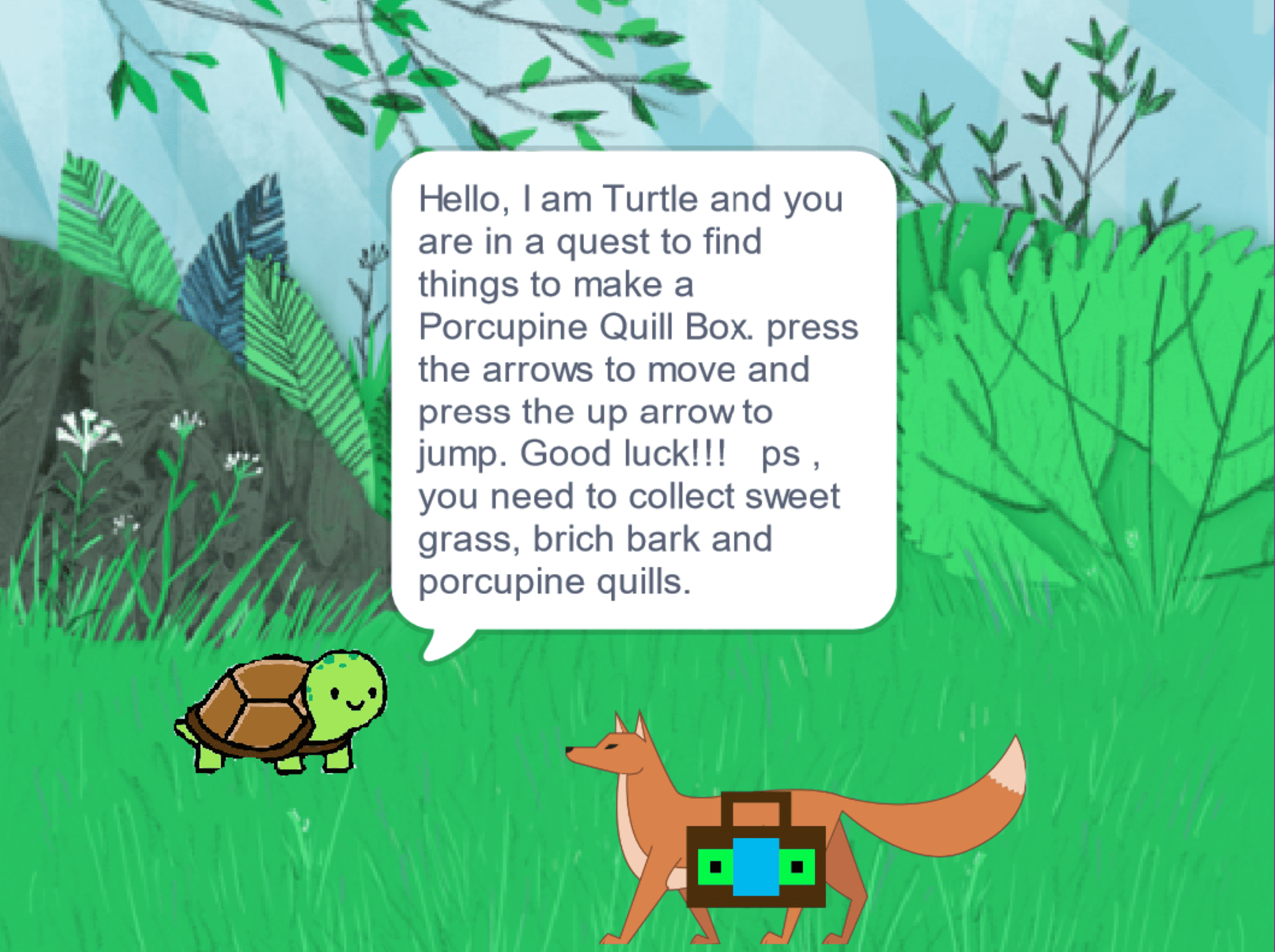
Go on an adventure as a fox as you collect materials to make a porcupine quill box. Using the arrow keys, collect sweet grass, birch bark, and porcupine quills.
Learning About Ojibwe

In this story presentation, viewers follow a conversation between a grey wolf and a caribou. The characters go for a walk and share interesting info on the Ojibwe as well as their tools and practices, such as the birch bark canoe, birch bark scrolls and collecting maple syrup.
“It was lots of fun and was really rewarding when the game finally started to work. We learnt that trying your best is important and it’s ok to make mistakes when coding.”
— Student, Duke of Connaught Public School
Chi Miigwech! Baamaapii! (Thank you and see you later!)
Hack the ROM is designed to equip Ontario Indigenous students and their peers with digital literacy skills, such as coding, technical thinking, and problem solving, and inspire creativity through education on Indigenous knowledge and ancestors.
Interested in bringing Hack the ROM to your classroom? Learn more about the program here.
